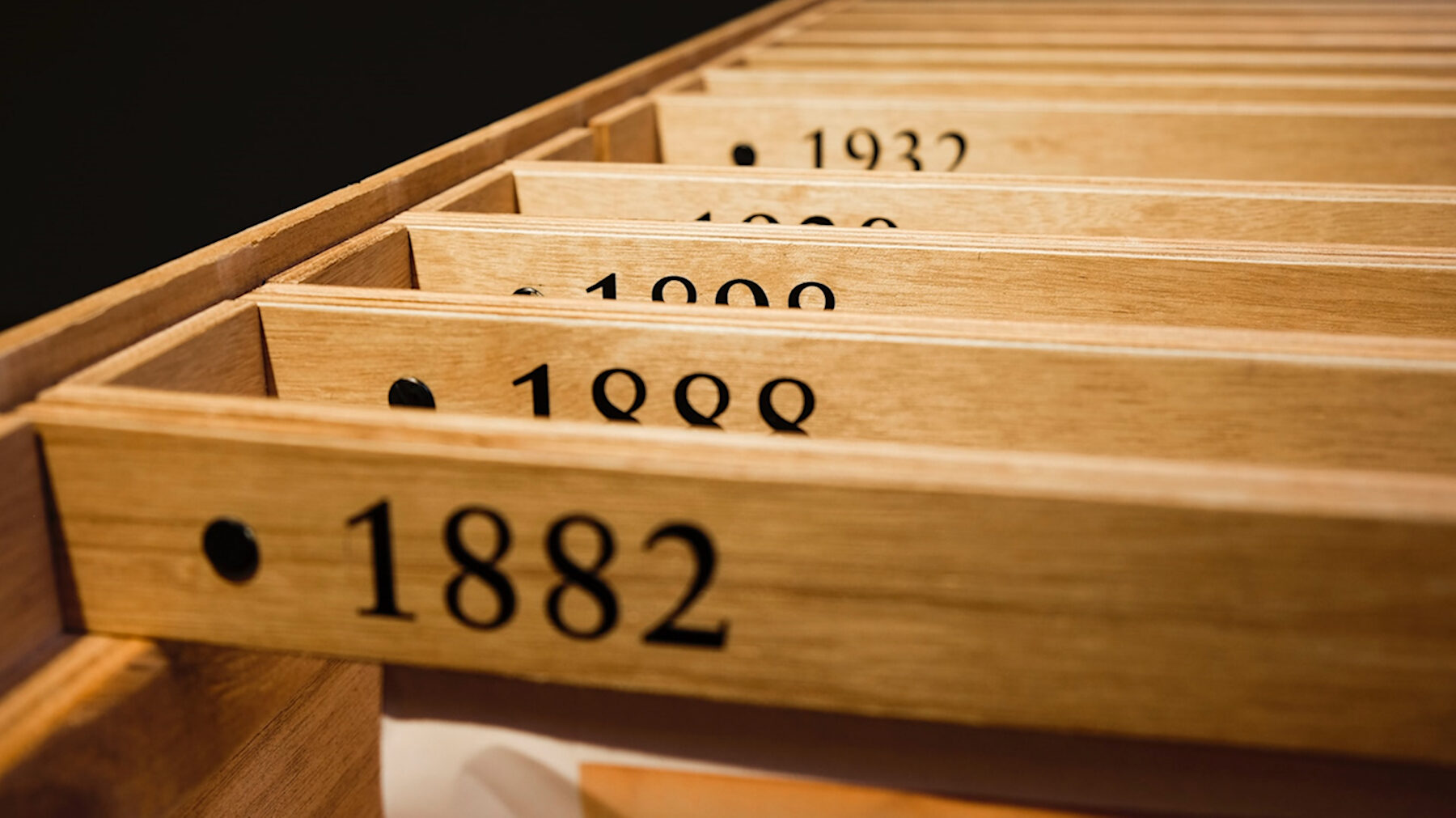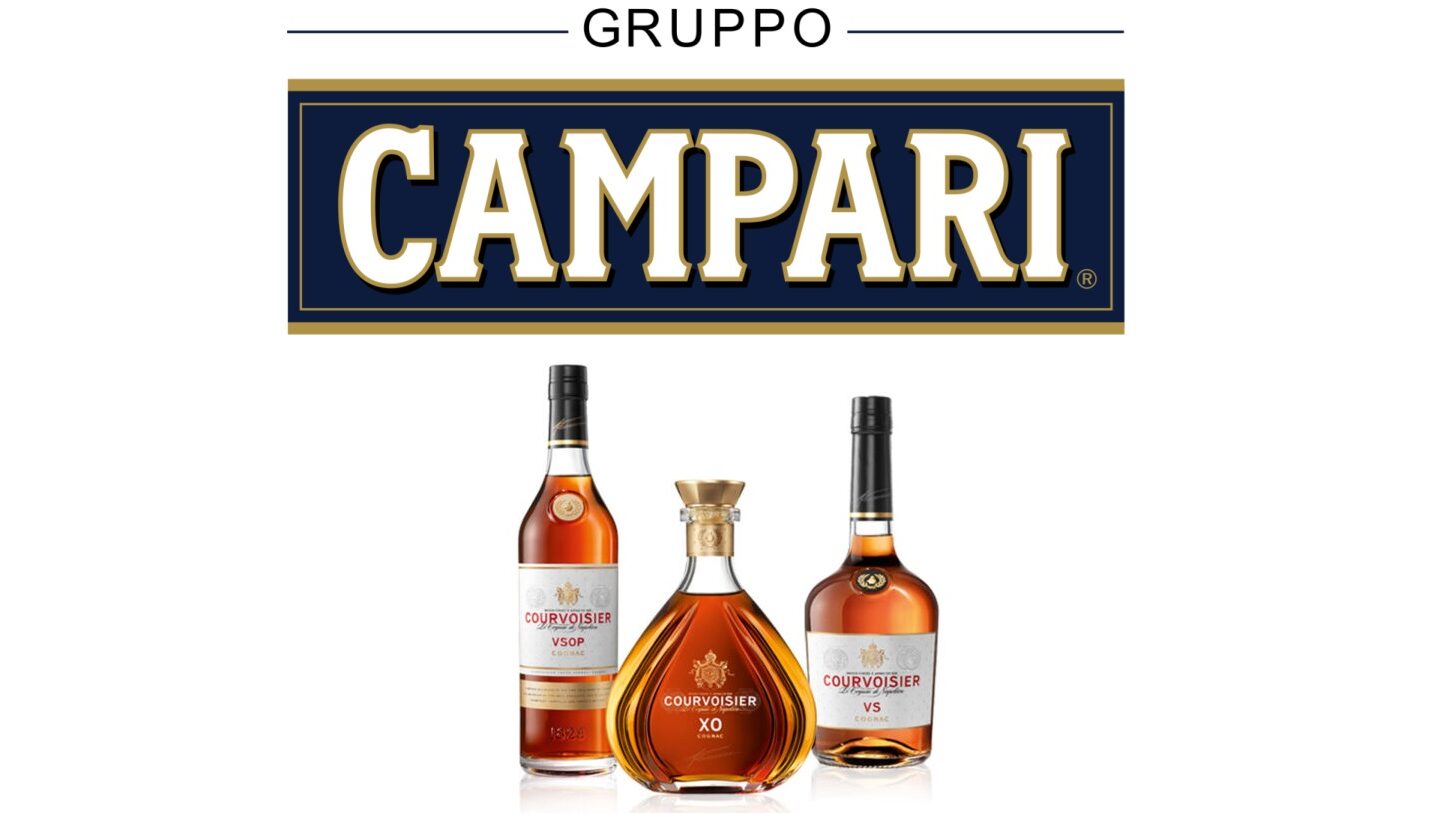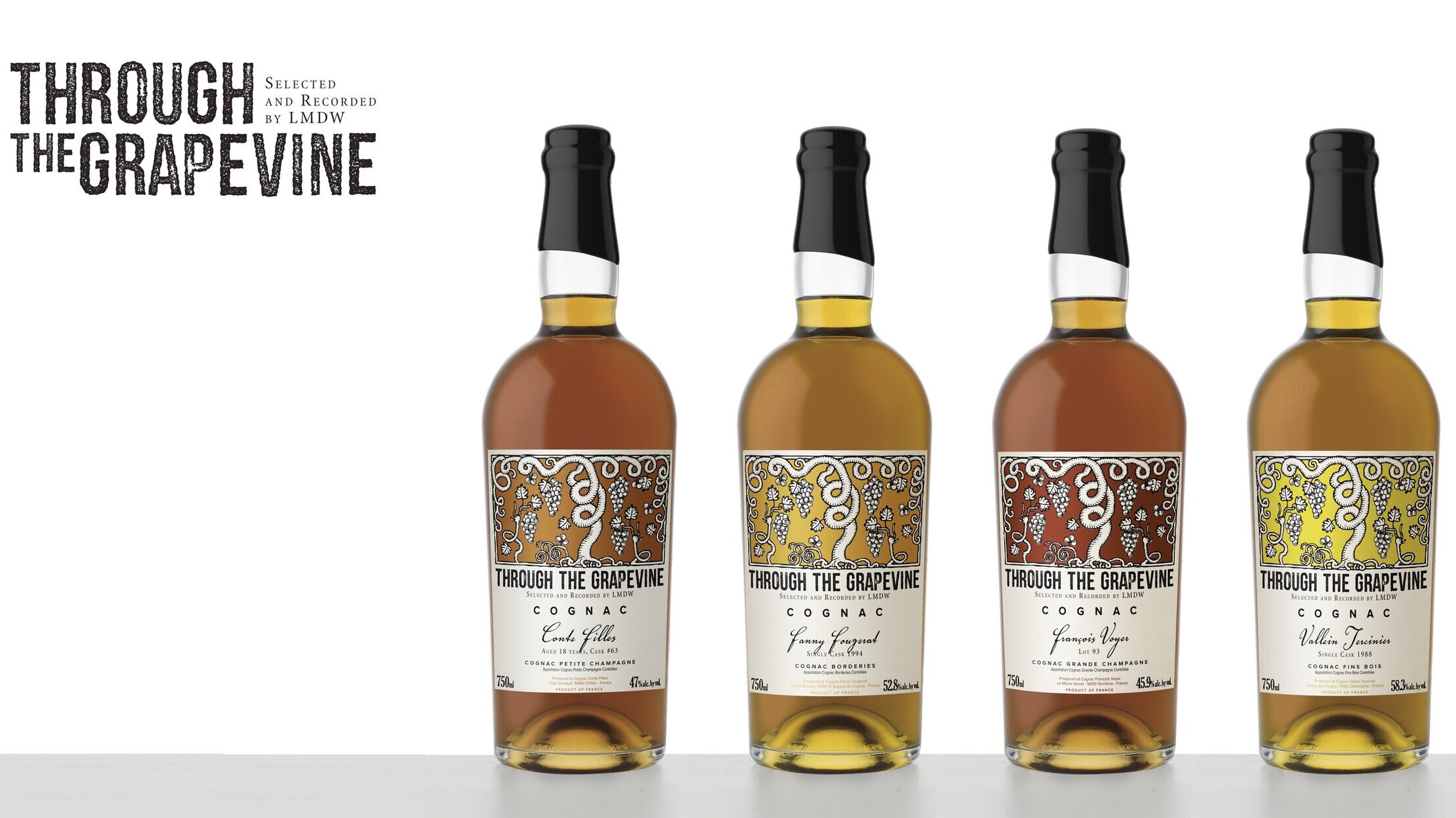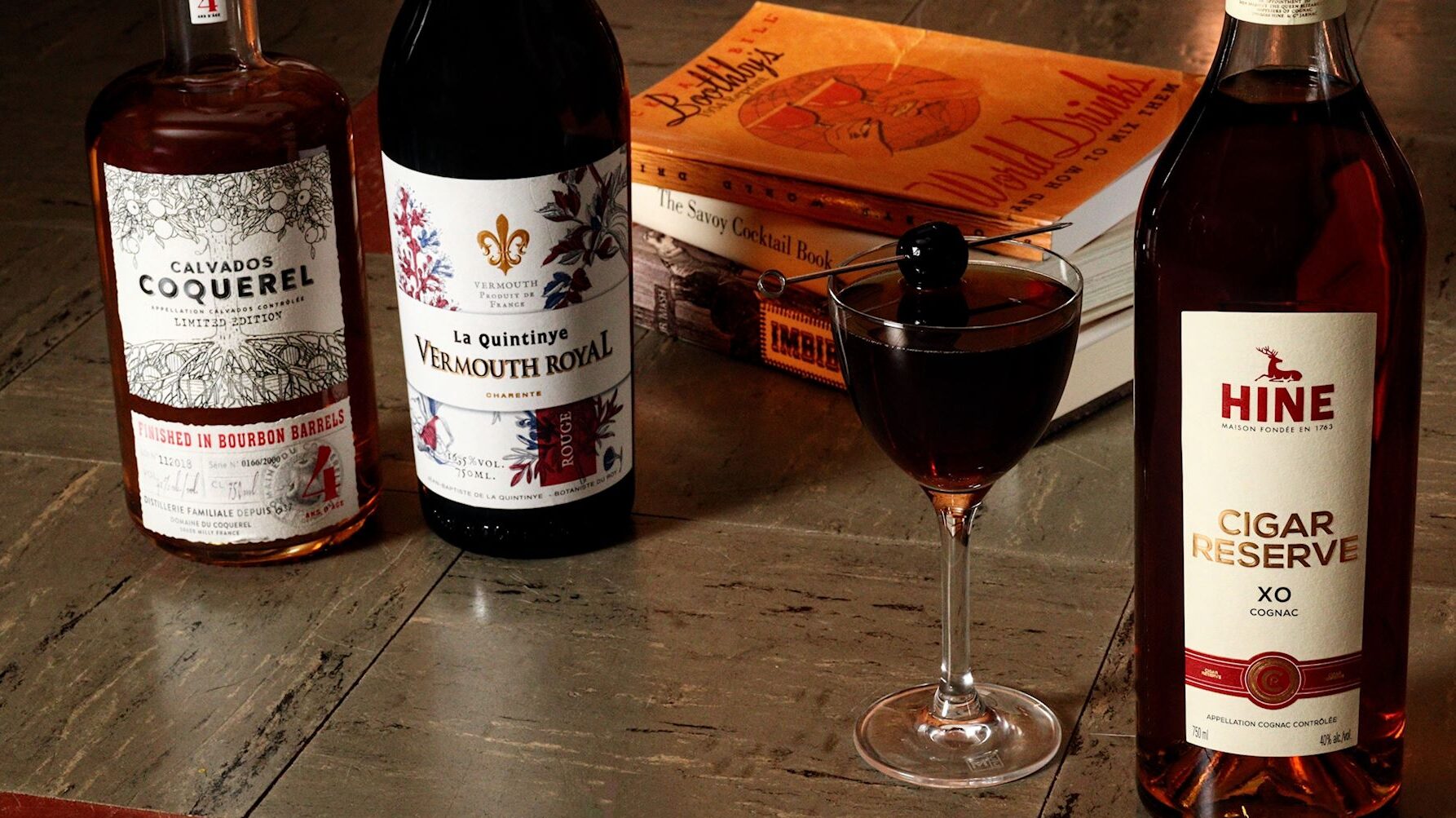Not too long ago, it was relatively easy to understand how old a bottle of whiskey was. For a lot of producers, the number was printed right there on the label. The core ranges of a lot of Scotch distilleries were (and still are) 12, 15, and 18 years old. For the longest time, American bourbon and rye also boasted age statements, but due to not being able to keep up with demand and a culture shift, all whiskey producers have started walking back on this and are using more terms like “small batch” and “single barrel” with age being expressed in ranges rather than absolutes. That’s the same case with Cognac, but it has always been that way. With a few exceptions, you won’t ever see a concrete number regarding age on any Cognac label, but instead a combination of letters and words. It can be challenging to understand what exactly you’re looking at on a label when it comes to Cognac and it doesn’t help that several terms are fairly vague with no firm definition. If you finish reading this and are still left with questions, you’re not alone. My hope with this is that I can shine some light on the path for you and point you in the right direction. But before diving head first in to the meat and potatoes, we first need to understand the basics. There are only four official age classifications for Cognac and they are VS, VSOP, XO, and the newly created XXO.
VS (Very Special)
A VS age for Cognac means that the eau-de-vie must be kept in barrel for at least two years. This is also the minimum age required to be considered Cognac. Anything less and it can’t legally be called Cognac. You might see other names on a bottle that also mean VS like “Trois Etoiles” (Three Star), “Sélection,” and “De Luxe.” Also, if the only thing you see is an image of three stars, then it’s a VS.
These Cognacs are usually full of fresh, juicy fruit flavors like apples, pears, and tropical fruits. A stereotype is that they’re a little one note and lack finesse, but that definitely doesn’t have to be the case at all. In general, a VS Cognac is to be used in cocktails. I think they really shine in long drinks like a highball (Cognac and soda water, tonic, etc.) where the flavor can be drawn out over time. Cooking with a VS is also a great idea. Deglazing frying pans, reducing to make a syrup for desserts, or soaking fruits in it to then caramelize are really tasty options.
VS is the most sold Cognac category in the United States. It has found great success in nightclubs due to the fact that the late 90’s and early 00’s hip hop community loved to sing about drinking Cognac in many of their songs. This attention boosted sales and helped introduce a new generation of drinkers to Cognac.
VSOP (Very Superior Old Pale)
A VSOP age means the eau-de-vie has been in barrel for at least four years. Other names that mean the same thing are “Réserve,” “Vieux,” and “Royal.” Some might even call it Very Superior Special Pale. And some also choose to use V.S.O.P. vs VSOP without the fullstops. Neither is wrong, but just a stylistic choice.
The name itself, Very Superior Old Pale, comes from the British Royal Court in 1817. King George IV had asked Hennessy to provide him with a Very Superior Old Pale to enjoy. Very Superior meaning of great quality, better than others. Old meaning aged, but not really any specification on number of years at that time. And Pale meaning that no additives be used like caramel coloring or sugar. The British preferred a drier style of Cognac, which is still true somewhat to this day.
VSOP Cognacs are also great for use in cocktails, but more so shaken and stirred classics like a Sidecar or Sazerac. They’re also great to enjoy on ice. They start to incorporate a bit more baking spices and sweetness from the barrel as well as some floral notes depending on the cru it comes from.

XO (Extra Old)
An XO Cognac must be in barrel for at least 10 years as of April 1st, 2018. Prior to that it was only six years. It’s still possible for an XO to only be six years old in the current market as long as it was finished aging prior to April 1st, 2018. However, the majority of XO’s are well over that age anyway. There are many, many other names and terms that also mean XO such as “Hors d’âge,” “Extra,” “Ancestral,” “Ancêtre,” and “Impérial” among others. While all of these names are also XO’s, some do have specific qualifications in terms of quality or age which we’ll touch on in the next blog post.
While VSOP was created (at least in name) but King George IV and Hennessy ran with it, the term XO was actually coined and created by Hennessy in 1870. A lot of houses are judged based on their XO. If you want to know what they’re all about, this is what you should try.
These Cognacs really start to show finesse with dried fruits, flowers, and earthy tones. An XO Cognac is best consumed on its own. However, some do enjoy it on the rocks or, on rare occasions, in cocktails. It might be frowned upon by some purists, but I certainly wouldn’t turn down an XO Old Fashioned!
XXO (Extra Extra Old)
As of 2018 a new category of age classification was made official. An XXO must be aged for at least 14 years. As noted with XO’s usually being well over the minimum of 10 years, an XXO is also usually way beyond 14 years old. As far as I know, the same alternative names that could be used for an XO could also be used for an XXO, however the point of putting XXO on the label is, I believe, more of a marketing element to point out that it’s an ‘ultra-premium’ spirit. So not putting XXO on the label and opting for an alternative name just doesn’t make sense in terms of marketability.
It was a very big deal when this new age statement was approved. The age requirements/labeling system really hadn’t changed much at all since the early 19th century and the VS, VSOP, XO categories were officially recognized by the BNIC as the only age categories in 1983. So, who came along and pushed for this new classification? You guessed it. Hennessy. They argued that the brand had already made an XXO as far back as 1872 (and had proof to back it up), before there were strict regulations on age. They stopped producing it in the 1930’s, but wanted to revive the category. After much debate, and several other brands backing up Hennessy, the motion passed and the category was made official. Many Cognac House’s now take advantage of this new category.
Other Important Information
Now that we’ve walked through the basic categories, let’s briefly touch on a few more items you should be aware of. A friend of mine asked if they start counting the age right after it’s distilled or once it enters the barrel. And the answer is technically neither! What? How is that possible? Well, there’s a fun little quirk with Cognac called the ‘compte system.’ Cognac is allowed to be produced only between the months of October and March each year. After March 31st, you cannot distill anything else until the next season. If you harvest and distill right away in October or November and put the spirit in barrel, the aging begins, but by law its age isn’t counted yet until April 1st hits. The BNIC uses the compte system to keep track of aging within the region. Starting April 1st your brand new eau-de-vie, whether put in barrel back in November or right on March 31st, is counted as compte 0. Next April 1st it will be compte 01, and continues on. So, while that November 2019 eau-de-vie in barrel is already four months old at the time of April 1st, 2020, two years from then on April 1st, 2022, according to the law it’s just two years old and that four extra months isn’t counted. The scale goes all the way up to compte 10, which at that point it stops because the Cognac is considered an XO and everything after the 10 year mark will also be an XO. There’s no need to keep counting. Even with the newer XXO, it still stops at compte 10. Whether they decide to change that in the future to go up to compte 14, I’m not sure.
Something else to keep in mind here is that just because the label says VSOP, it doesn’t mean it’s four years old, period. Just like with the labeling of other spirits, it means the youngest aged Cognac in the blend is four years old. There could potentially be much older Cognac in the bottle. In fact, it’s very much common place for producers to do this. Most will gladly tell you that their VS also has some six or eight year old Cognac in it as well. Most likely it will be in smaller amounts, but it’s there nonetheless. Maybe they make a blend that averages in the 10-12 year range, but they put 0.01% of a four year old Cognac in it. Well, now it legally must be called a VSOP even though the majority is an XO quality. Why do this? Well, it all comes down to what the house style is. What flavor profile are they going for? What cru is this blend coming from? What is it that they want to highlight in this expression? This is why the Cellar Master is such an artist when it comes to creating these blends. All of this must be kept in mind.
Now you’ve got a great general understanding of age statements for Cognac. With this information, you’re already well ahead of the general consumer in understanding this spirit. But, of course, there’s always more to learn. In Part II of ‘Age Is But A Number,’ we’ll dive deeper into more advanced subcategories of age. At the bottom of this page you’ll find a form that you can fill out to become a subscriber. You’ll be notified whenever a new post goes up. Don’t miss out!





